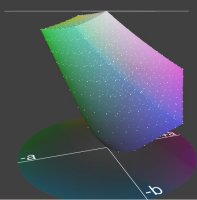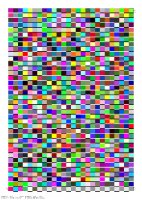- Joined
- May 7, 2011
- Messages
- 1,949
- Reaction score
- 940
- Points
- 277
- Location
- United States
- Printer Model
- All of them! LOL
Well here is probably my last experiment on this specific subject!
The results were a bit different than I expected.
https://www.youtube.com/watch?v=qr-mFPms1DY
The results were a bit different than I expected.
https://www.youtube.com/watch?v=qr-mFPms1DY


